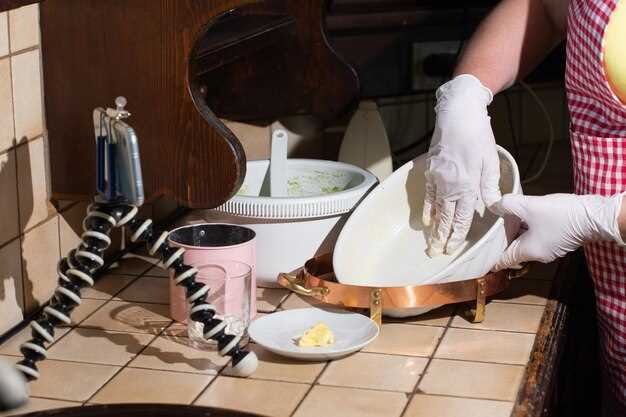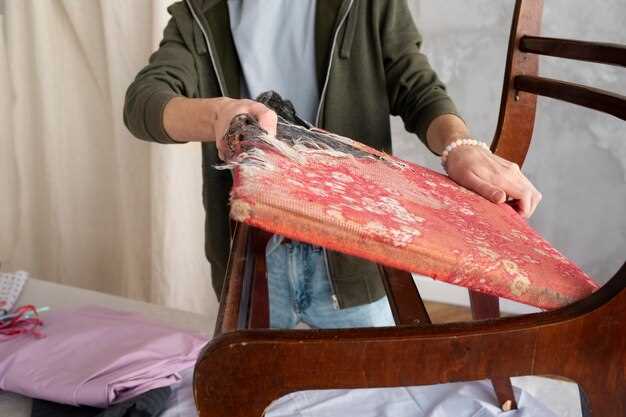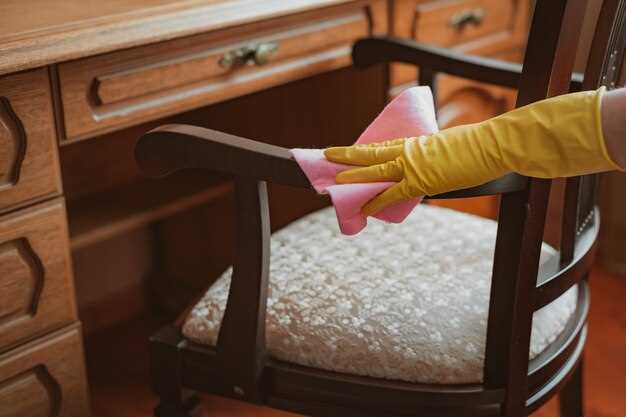
The 1970s was a vibrant decade known for its distinctive interior design styles that reflected the cultural shifts of the era. From bold colors to avant-garde patterns, 70s interiors are characterized by an eclectic mix that continues to captivate enthusiasts today. As interest in retro design surges, the preservation of authentic 70s interiors has become an important endeavor for homeowners and designers alike.
Interior spaces that embody the essence of the 70s often feature materials like wood paneling, shag carpets, and furniture with organic shapes. However, these elements can degrade over time due to wear and tear, exposure to sunlight, and changing household dynamics. Thus, cleaning and preserving these unique features not only maintains the aesthetic appeal but also honors the history behind them.
Engaging in effective cleaning techniques is crucial for ensuring the longevity of vintage pieces. This involves utilizing appropriate methods that safeguard materials while enhancing the overall look of the interior. Moreover, understanding the original craftsmanship can aid in preserving authenticity, allowing future generations to appreciate the charm and character of 70s design. In this article, we will explore practical tips and strategies for the cleaning and preservation of authentic 70s interior design elements.
Safe Cleaning Methods for Vintage Fabrics and Upholstery
Preserving the integrity of vintage fabrics and upholstery is crucial for maintaining the charm of 70s interior design. To achieve this, safe cleaning methods should be employed to protect these delicate materials while effectively removing dirt and stains.
First, always start with a gentle vacuuming process. Use a vacuum cleaner with a soft brush attachment to carefully eliminate dust and debris, taking care not to damage the fabric’s fibers. Vacuuming not only enhances the appearance but also extends the life of the upholstery by preventing the buildup of dirt that can cause deterioration over time.
Next, for spot cleaning, opt for a mild solution that consists of warm water mixed with a few drops of non-toxic dish soap. Dampen a soft cloth with the solution, then gently blot the stained area without rubbing, which may lead to further damage. After treating the stain, it’s essential to follow up with a cloth dampened with plain water to remove any soap residue.
For deeper cleaning, consider utilizing a professional upholstery cleaner who specializes in vintage materials. This ensures that the cleaning methods used are in line with preservation techniques that safeguard against fading or fabric breakdown.
When using any cleaning method, always test a small, inconspicuous area first. This precaution helps to ascertain that the cleaning solution will not harm the color or texture of the fabric. Additionally, avoid exposing vintage upholstery to direct sunlight during cleaning, as this can lead to discoloration and weaken the fibers.
Finally, proper storage and maintenance are vital for the preservation of vintage fabrics. When not in use, consider covering upholstered pieces with breathable fabric or protective covers, which helps to shield them from dust and light. By implementing these safe cleaning methods, you can maintain the authenticity and beauty of your vintage interior while ensuring its longevity.
Restoration Techniques for Iconic 70s Furniture Materials

The 1970s introduced a variety of materials that defined the era’s interior design, including molded plastic, rich woods, and innovative textiles. Preserving these materials requires specific techniques tailored to their unique characteristics.
For molded plastic furniture, such as the iconic Eames chairs, clean the surface with a gentle detergent and water solution. Avoid abrasive cleaners that can scratch the surface. To restore shine, use a plastic polish or a dedicated acrylic cleaner. If there are deep scratches, consider using a fine-grit sandpaper followed by a polish to achieve a smooth finish.
Wooden furniture from the 70s, often featuring teak or walnut, requires careful attention. Clean with a soft cloth dampened with a mixture of water and vinegar to remove grime. For deeper cleaning, use a specialized wood cleaner. To restore the wood’s natural luster, apply a high-quality wood oil or wax, ensuring even application to preserve the grain.
Textiles used in 70s furniture can be sensitive to harsh chemicals. For upholstery, first test a cleaning solution on a discreet area. Use a fabric-safe cleaner to treat stains, and consider steam cleaning for a deeper clean without damaging the fibers. If upholstery is severely worn, reupholstering with period-appropriate fabrics can enhance preservation efforts while keeping the authentic look.
Lastly, for furniture made from materials like fiberglass, always handle with care. Clean with a mild soap solution and soft cloth while avoiding harsh chemicals that can cause discoloration. Remember, preserving the integrity of iconic 70s furniture is essential to maintaining its charm and character in today’s interiors.
Maintaining Color and Texture in Retro Wall Treatments

Retro wall treatments from the 70s are characterized by bold colors and unique textures that define the aesthetic of the era. To preserve the authenticity of your interior, maintaining these elements is crucial. Care needs to be taken in selecting cleaning methods and materials that will not compromise the vibrancy of the colors or the integrity of the textures.
Start by identifying the type of wall treatment you have, be it wallpaper, wood paneling, or textured paint. Each type has specific care requirements. For wallpaper, gentle cleaning solutions are essential. A mild soap mixed with water can effectively remove dirt without fading the colors. Always test a small, inconspicuous area first to ensure no discoloration occurs.
When dealing with wood paneling, regular dusting is key to preventing buildup. Use a soft cloth to wipe the surface, followed by a suitable wood cleaner that does not strip the finish. If the texture is a prominent feature, avoid abrasive materials that can alter its appearance.
If your retro walls are painted, consider the quality of the paint used. 70s-inspired colors may require specific care. Utilize a sponge dampened with water for cleaning, and avoid excessive scrubbing, which can wear down the paint and diminish the texture. For a fresh look, a periodic light touch-up with matching paint can maintain the vibrancy.
Humidity and lighting also play a significant role in preserving wall treatments. Ensure that the interior environment is controlled, as excessive moisture can lead to peeling wallpaper or warped wood. Direct sunlight can fade colors, so using curtains or UV protective films can help preserve the original hue over time.
In summary, maintaining color and texture in retro wall treatments involves careful cleaning and environmental considerations. By using appropriate care techniques and materials, you can ensure that your 70s interior retains its unique charm and character for years to come.












